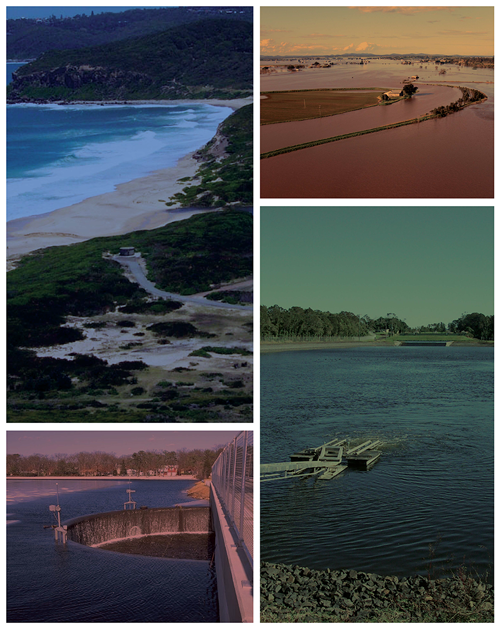A free lecture by Professor Ian D. Moore, Professor and Canada Research Chair in Infrastructure Engineering, Queen’s University, Kingston, Ontario, Canada.
Date: Monday 1st February 2016
Time: 11.00am – 12.00pm
Venue: University of NSW, Kensington Campus School of Civil & Environmental Engineering Room 701
RSVP: [email protected]
Cost: This is a free seminar but RSVP is requested.
A PDF flyer is available.
Abstract
Damaged and deteriorating sewers, water pipes and culverts lie beneath the surface of our cities and highways, and news stories describing extensive water damage from burst pipes and roadway collapses following soil erosion into leaking sewers and culverts now seem to be common. Unfortunately, the disruption and cost associated with traditional ‘cut and cover’ methods of pipe replacement create additional horrors to be endured – such as capital costs that exceed the availability of public funding and the congestion, noise, pollution and business failures resulting from road closures. Past research predominantly focused on the performance and design of new pipe infrastructure, and little work had been directed towards establishing how much pipe deterioration is too much, and to developing rational design methods to guide repairs that restore pipe stability and extend the service life of these important infrastructure assets.
The presentation summarises a program of research conducted over the past decade to:
- Develop and use laboratory facilities that permit full scale testing of culverts and sewer pipes under real or simulated service and ultimate truck loads
- Establish the effect of corrosion in corrugated metal culverts on load capacity and failure mechanisms
- Investigate the effect of erosion voids in the surrounding soil that often result when water flows into leaking gravity flowpipes
- Determine the strength limits of pipe systems repaired using various different pipe liners, responding to external fluid (groundwater) and/or earth loadse. Explain the nature of soil-pipe-liner interaction, including cases where grout is used to fill the gap between the liner and the original pipe
- Consider the influence of liner type and characteristics on the behaviour of the rehabilitated pipe system
- Develop computer models and effective design methods to guide the selection of liner and grout quality and thickness
The presentation is illustrated with specific examples of measured and calculated pipe behaviour, and design procedures now being used to slay this deteriorated pipe infrastructure monster.
Biography
Trained in Australia, Dr. Moore has been Canada Research Chair in Infrastructure Engineering at Queen’s University since 2001.
An expert on soil-pipe interaction, pipe mechanics and geotechnical engineering, his more than 280 publications examine conventional and trenchless construction of buried water, drainage, and energy pipelines.
Dr. Moore has contributed to North American and other codes, design and construction practices for culverts, sewers, manholes, liners, stormwater detention chambers and pressure pipe systems. Other activities include editorship of the Canadian Geotechnical Journal and the Canadian Foundation Engineering Manual, work on other editorial boards and professional committees, and keynote lectures in North America, Asia, Europe, Africa and Australia.
Dr Moore’s work has been recognized by prizes, awards and other honours from Canadian, US, North American and international organizations.
Since 2002 he has been Executive Director of the GeoEngineering Centre at Queen’s – RMC, North America’s largest GeoEngineering research team and one of the leading groups in this area internationally.



Leave a Reply